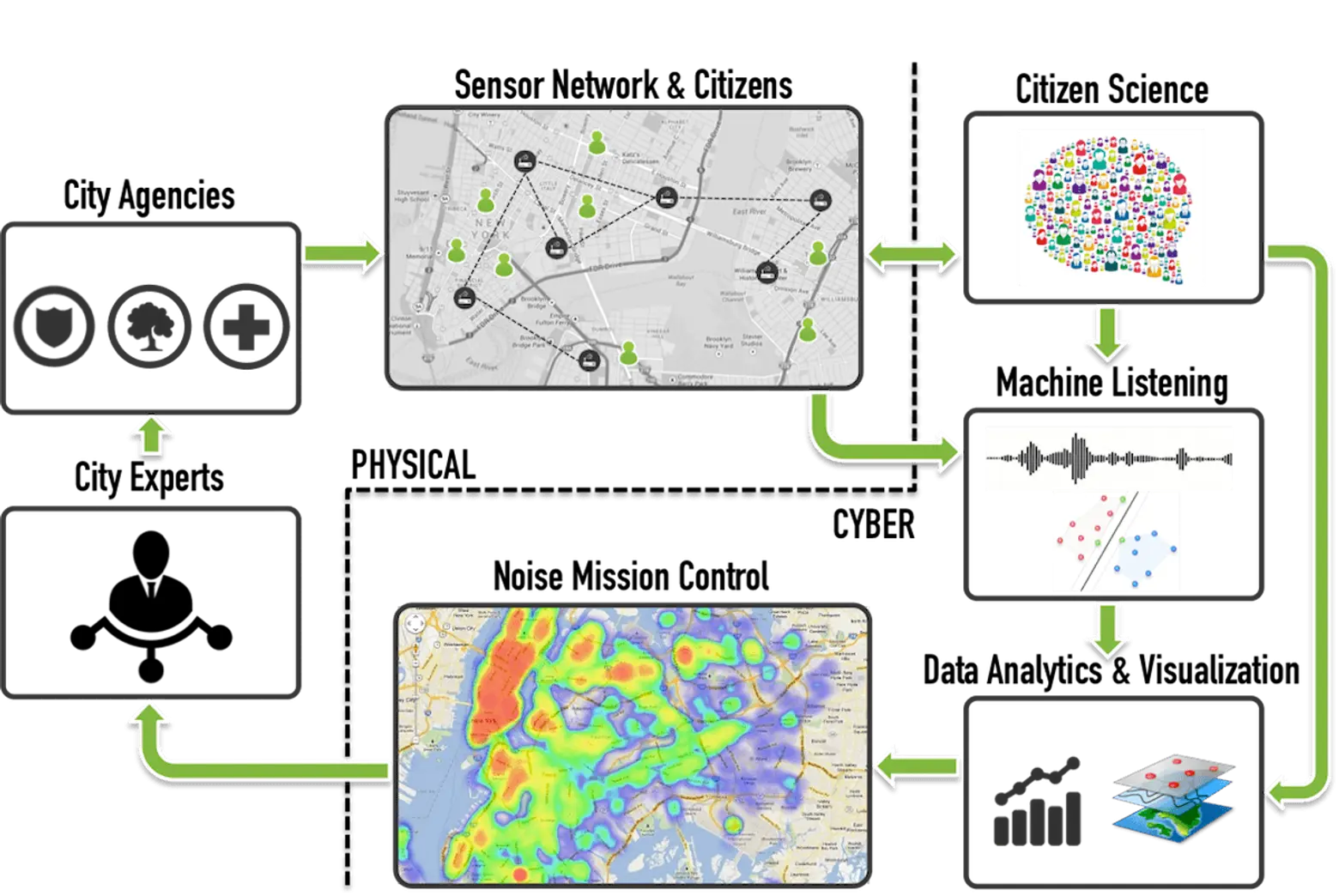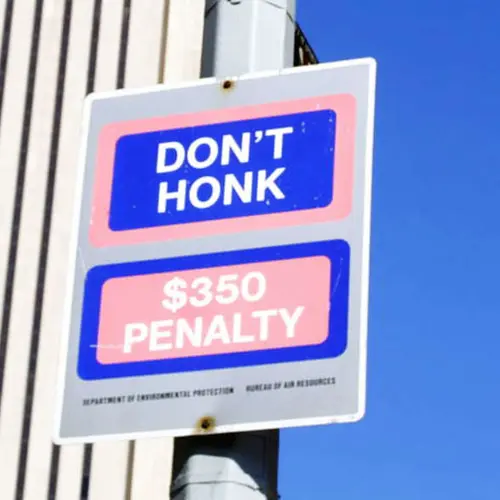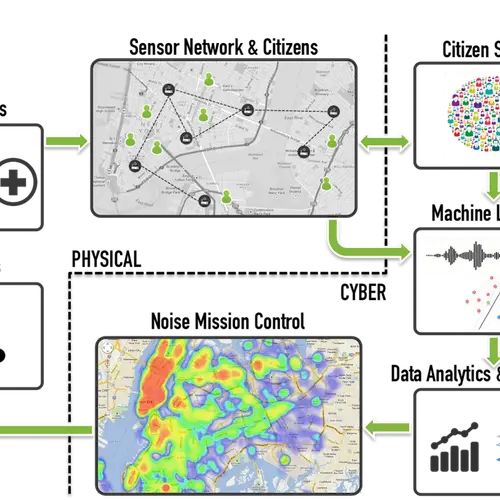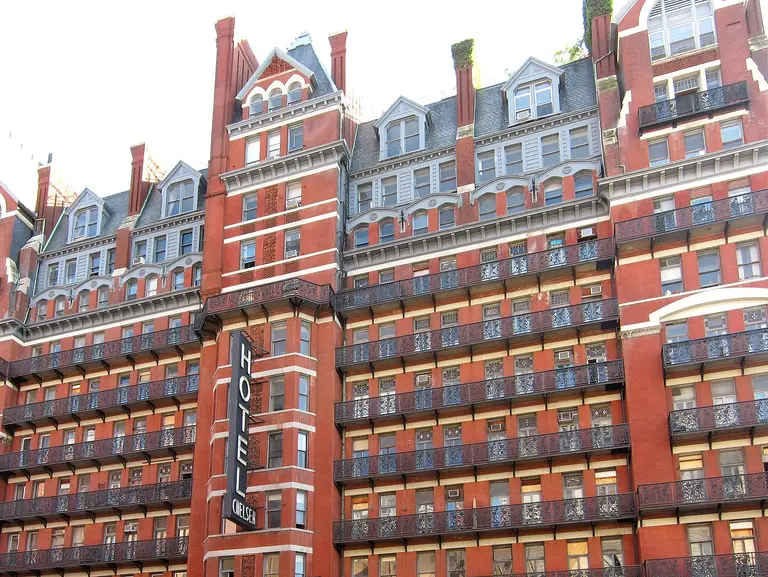Smart microphones are recording city sounds to help create a quieter New York

Researchers at New York University and Ohio State University are installing microphones at points throughout the city that will learn to recognize the pneumatic drills, bizarrely noisy Fresh Direct trucks and other street sounds that form our familiar daily cacophony. The recording devices use technology that was developed to identify migrating birds, the way the Shazam app records and identifies song snippets. The New York Times reports that the study will begin collecting 10-second bits of audio at random intervals, then begin labeling the urban din using UrbanEars, a machine-listening engine. The sensors are being trained to identify the many “sonic irritants” that plague city life, including the seasonal (snow plows, air conditioners) and the maddeningly ceaseless (garbage trucks, construction). The project, called Sounds of New York City (Sonyc) has the goal of creating an aural map that could help the city track and control noise pollution in addition to empowering residents to get involved.
A study found that New York City noise exceeds safe levels determined by the federal Environmental Protection Agency, in addition to affecting productivity and property values, but the noise pollution problem is one that has confounded city officials. It currently takes about four days for city noise inspectors to address a complaint. And the 311 system has its own flaws, including the fact that city residents aren’t all willing to make use of it. According to the Sonyc study’s lead investigator, Juan Pablo Bello, Manhattanites are two or three times more likely to report a disturbance than those who live in other boroughs.
Dr. Bello, the director of the Music and Audio Research Lab at the Steinhardt School of Culture, Education and Human Development at N.Y.U., is leading a team of specialists to create the network of sensors that may eventually be able to track how effective noise pollution laws are in addition to monitoring the noise itself. The five-year study, financed by a $4.6 million National Science Foundation grant, will kick off with about 100 sensors mounted on the second floor of public buildings, starting with the N.Y.U. campus near Washington Square Park. In case you’re worried about the sensors picking up bits of private conversation, Dr. Bello said conversations “heard” by the microphones “could not be reconstructed from the recordings,” with assurance from an independent acoustical consultant hired to address this concern.

In the works is an app called Urbane that will allow citizens to interact with the data, and another app that will be used with 311 reporting to help track the way noise complaints are handled. The project has a long way to go before it can actually help wrangle the city’s sonic onslaught, but getting the recording system in place is an important step.
According to Claudio Silva, interim director of the N.Y.U. Center for Data Science, The Sonyc study is the first large-scale attempt analyze the origins of noise in the wild. Dr. Silva will be attempting to contextualize noise provided by the new data according to factors like traffic and census information in hopes that it will be possible to translate technology in ways that could transform the city as a place to live, making correlations between noise levels and crime, for example, or helping aid decisions on where to live and work.
[Via NYT]
RELATED:































